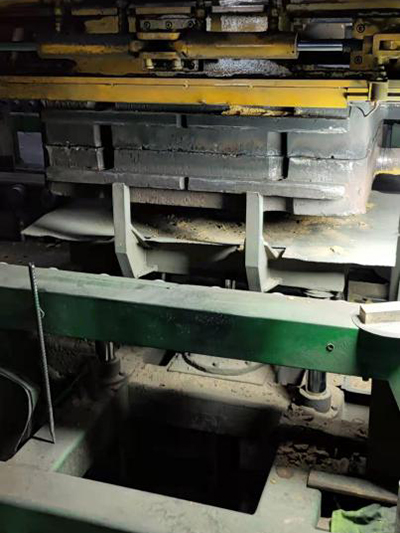

The chemical composition of foundry sand is another important property influencing mold performance and the quality of the cast product. Elements like silica, alumina, and iron oxide define the thermal stability and bonding capabilities of the sand. The presence of impurities can affect the sand's behavior at high temperatures, leading to defects or the need for additional processing additives. Sustainability is becoming a vital aspect of foundry sand's utilization. With growing environmental concerns, the industry is adopting practices like sand reclamation and recycling. By reducing waste and fostering a circular economy within foundries, these practices not only enhance the sustainability quotient but can also offer economic benefits by lowering raw material costs. Experts in the field recommend a collaborative approach involving material scientists, foundry engineers, and environmental specialists to optimize the properties of foundry sand. Such interdisciplinary expertise ensures that the sand not only meets the technical requirements of production but also aligns with broader sustainability and operational efficiency goals. In conclusion, the diverse properties of foundry sand are integral to producing high-quality castings. By optimizing these properties, foundries can achieve a balance between product quality, operational efficiency, and environmental responsibility. Continuous innovations and advancements in foundry technology and resource management are poised to further redefine these dynamics, promising exciting developments in the properties and applications of foundry sand in the future. Crafting the perfect foundry sand thus becomes a meticulous endeavor, rooted in scientific understanding and practical application, positioned to meet the evolving demands of modern metal casting industries. Post time:feb . 06, 2025 06:39
Next:High Refreactoriness Ceramsite Foundry Sand For Steel Casting
